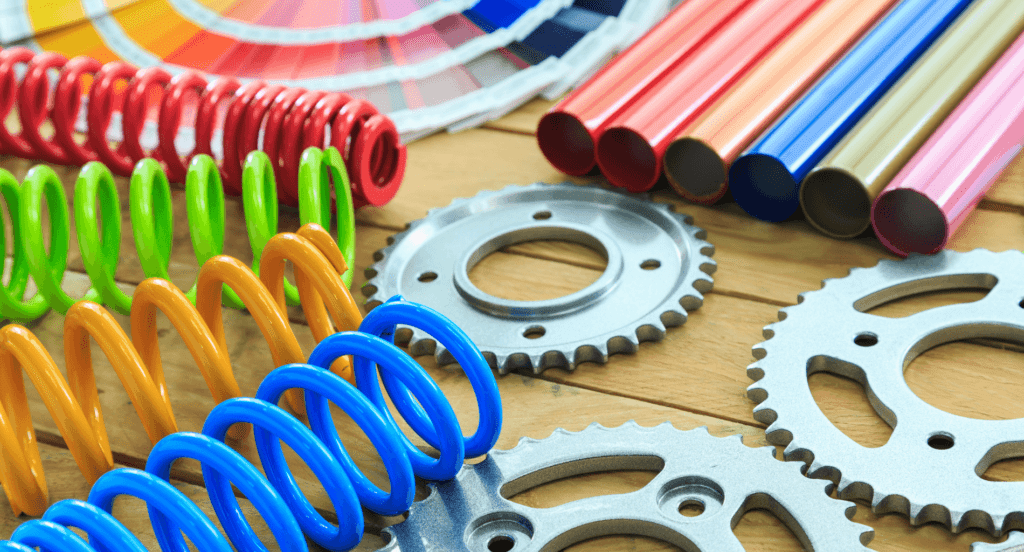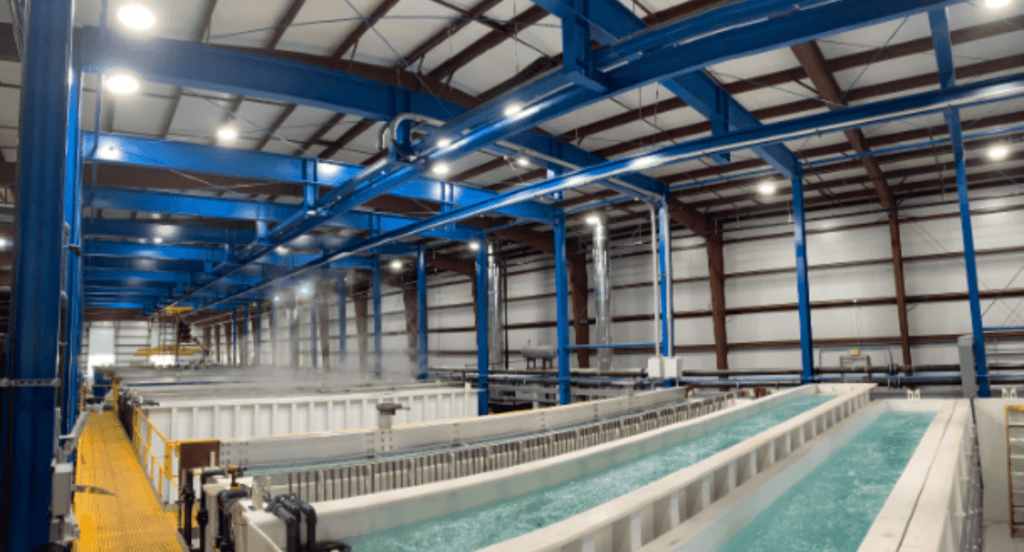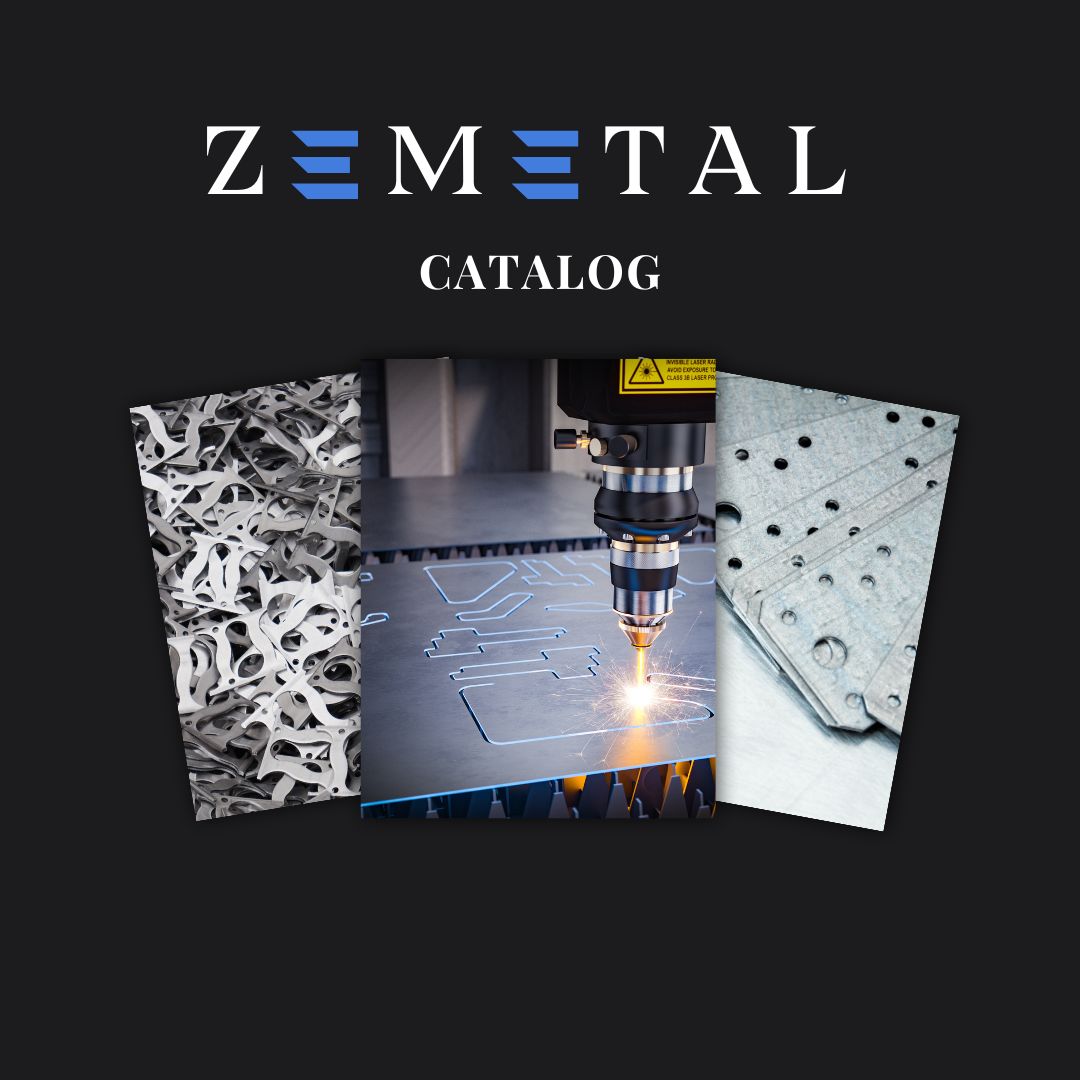Curious about the difference between powder coating and anodizing? Understanding these techniques is vital for businesses in metal fabrication and finishing, as they significantly influence product quality and profitability.
Drawing on in-depth industry knowledge, this guide offers comprehensive insights into these two popular finishing methods.
Powder coating offers a wide palette of colors and finishes, making it suitable for various applications. In contrast, anodizing excels at enhancing the natural attributes of metals like aluminum.
As we delve deeper, here’s a sneak peek of what we will cover:
- Cost Analysis
- Process Nature
In this ultimate guide, find the detailed analysis, where we compare costs, delve into the nature of each process, and more.
Fasten the seatbelts and read on!
1. Cost Analysis
Powder coating is generally more cost-effective than anodizing. It requires less expensive equipment and materials, making it more accessible for small to medium-sized operations. The affordability of powder coating is particularly beneficial for businesses looking to scale their operations without a significant investment.
Anodizing, on the other hand, involves a more complex chemical process, often leading to higher operational costs. Despite this, the investment in anodizing can be justified by its long-term benefits. The durability of anodized finishes often translates to fewer replacements and repairs, potentially offsetting the initial higher costs over time.

2. Process Nature
Powder coating involves electrostatically applying a powder material and then curing it under heat to form a skin. This process is not only adaptable to a wide range of metals but also allows for a uniform coating thickness and consistency, which is crucial for both aesthetic and functional purposes.
Anodizing, a method specific to aluminum and its alloys, involves an electrochemical process that converts the metal surface into a durable, corrosion-resistant, anodic oxide finish. Unlike powder coating, anodizing becomes part of the metal surface itself, enhancing its natural properties without affecting its bulk. This integral formation contributes to the strength and longevity of the finish.
3. Material Specificity
Anodizing’s unique compatibility with aluminum and its alloys makes it a specialized method. This specificity, however, limits its application to aluminum-based products, making it less versatile compared to other finishing options. However, this limitation is also a strength, as anodizing provides unparalleled benefits for aluminum products.
Powder coating offers broad material compatibility. It can be applied to a wide variety of metals, including steel, stainless steel, aluminum, brass, and copper. This makes it a versatile choice for many industries, for example, extending its use from industrial equipment to consumer goods. Zemetal capitalizes on the versatility of both finishes to offer comprehensive solutions across a range of applications.
The table below highlights the distinct attributes and applications of anodizing and powder coating, showcasing their unique advantages in metal finishing.
| Finishing Method | Material Compatibility | Key Applications | Industry Relevance |
| Anodizing | Aluminum and its alloys only | Aerospace components, architectural frameworks | Specialized, less versatile |
| Powder Coating | Steel, stainless steel, aluminum, brass, copper | Industrial equipment, consumer goods | Versatile, broad industry use |
4. Durability and Performance
Anodized finishes are known for their exceptional durability. Anodizing provides superior resistance to corrosion and wear, making it an ideal choice for outdoor applications or in environments with harsh conditions. Its ability to withstand environmental stress without deteriorating or fading makes it a preferred option for long-term projects.
Powder coatings also offer good durability and are particularly effective against chipping, scratching, and other physical damage. However, they might not perform as well as anodized finishes in extremely harsh conditions. In moderate environments, powder coatings provide an excellent balance of durability and aesthetic appeal.
5. Aesthetics and Finish Quality
Powder coating leads in terms of aesthetics, offering a wider range of colors and finishes, including gloss, matte, and textured options. Its versatility in finish and color makes it a popular choice for products where visual appeal is a priority. For example, a vibrant red gloss powder coat could be ideal for creating eye-catching consumer electronics.
Anodizing, on the other hand, provides a metallic sheen that highlights the metal’s natural beauty. While color options are more limited in anodizing, it does offer a unique, high-quality metallic finish that is often sought after in premium architectural and industrial applications.

6. Environmental Impact and Safety
Powder coating is often touted as more environmentally friendly. Approximately 40-65% of a paint or coating is VOC. They reduce the carbon footprint compared to wet coatings by up to 60%, which is obviously less harmful to the environment, according to LinkedIn.
Anodizing, while also relatively eco-friendly, involves stronger chemicals and requires careful waste management. However, advancements in anodizing technology have led to more efficient use of chemicals and water, reducing its environmental impact.

7. Industry-Specific Applications
Anodizing is a favored choice in the aerospace and automotive industries, valued for its high resistance and contribution to lightweight design. Its durability and resistance to corrosion make it ideal for components exposed to extreme conditions.
In contrast, powder coating is utilized across a broader spectrum of industries, including appliances, automotive, furniture, and architecture. Its aesthetic versatility and durability make it suitable for a wide range of consumer and industrial products. Zemetal offers specialized powder coating and anodizing services that cater to these diverse industries, demonstrating their expertise in both techniques.
8. Maintenance and Longevity
Anodized finishes require less maintenance due to their integrated nature and resistance to corrosion. Their ability to withstand environmental factors without significant wear makes them a low-maintenance option for long-term applications.
Powder-coated surfaces, while durable, may require more frequent cleaning to maintain their appearance, especially in high-traffic or exposed areas. Nonetheless, both finishes offer long-term durability, but the maintenance needs may vary depending on the environment and usage. Regular maintenance can extend the life of both finishes, ensuring they continue to perform and look their best over time.
Conclusion
This guide has explained the distinct differences between powder coating and anodizing, providing valuable knowledge to aid in selecting the right finishing process for various industry applications. This insight not only streamlines choice but also enhances product quality and business efficiency.
For those seeking expert finishing services, Zemetal offers top-tier powder coating and anodizing solutions to meet diverse industry requirements. For more information or to discuss your needs, feel free to contact us.
Dive Deeper Into Our Resources
For some insightful reads, we’ve curated a list of recommended articles just for you:
Still haven’t found what you’re looking for? Don’t hesitate to contact us. We’re available around the clock to assist you.








